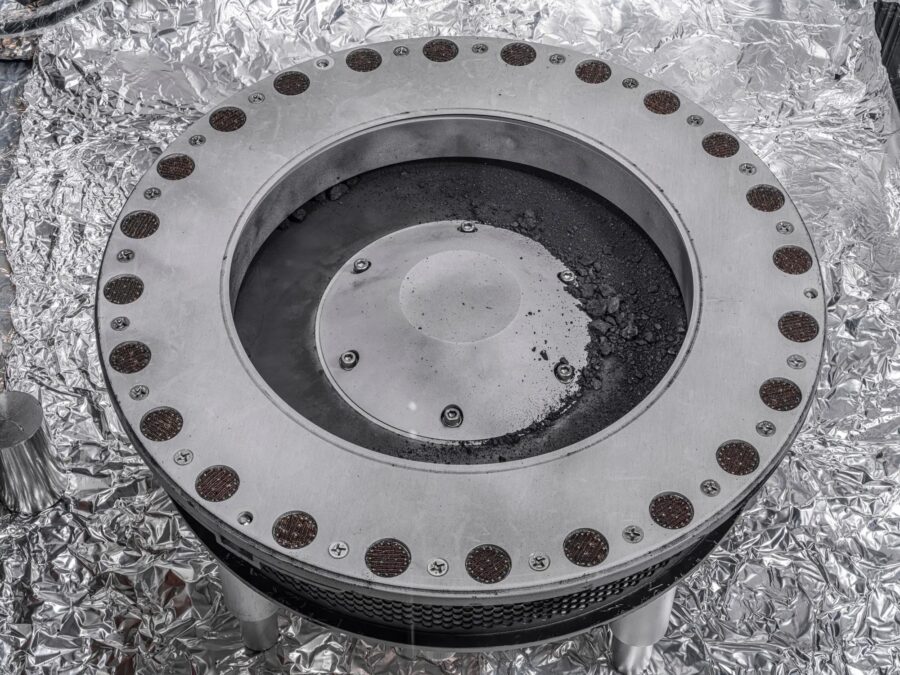NASA Reveals Incredible Contents Of Asteroid Sample And This Changes Everything
NASA has finally released its preliminary assessment of the asteroid sample taken from the asteroid Bennu, and the results are amazing. Reportedly, the samples contain both water and carbon, which are the “building blocks of life,” and support the theory that objects like Bennu may have helped plant the seeds for life on Earth. NASA released a picture of the sample, too, featuring the OSIRIS-REx spacecraft’s collector and the clay minerals contained within (via Futurism).

The asteroid sample was found to have carbon as roughly five percent of its weight. As NASA administrator Bill Nelson said in NASA’s statement, it is also the largest carbon-rich sample of an asteroid that has ever been collected and brought to Earth. Nelson also said it will “help scientists investigate the origins of life on our own planet for generations to come.”
NASA’s retrieved samples from the Bennu asteroid containing both water and carbon, lending weight to the idea the asteroid and objects like it helped begin life on Earth.
It has been a long journey for the OSIRIS-REx spacecraft to deliver us this asteroid sample. The spacecraft was first launched in 2016 and reached the asteroid Bennu two years later before using its Touch-and-Go Sample Acquisition Mechanism in 2020 to grab 8.8 ounces of material from Bennu’s surface. OSIRIS-REx would then drop off its payload in the Utah desert.
While our scientists have been busy researching the asteroid sample, OSIRIS-REx’s mission is far from complete as the spacecraft continues on its path to another asteroid, Apophis. Needless to say, OSIRIS-REx is doing great so far, even exceeding expectations. In fact, scientists have been so busy studying all the materials in the capsule that OSIRIS-REx delivered that they haven’t even gotten to the materials contained within the Touch-and-Go Sample Acquisition Mechanism.
For now, they are looking at the initial asteroid samples with electron microscopes, X-ray, and infrared instruments. It’s amazing that the amount of material collected is even slowing down the process enough to prevent the scientists from getting to the Touch-and-Go Sample Acquisition Mechanism sample. By all accounts, the materials contained within that mechanism should be the most intriguing of all, so there probably are more exciting announcements to come in the near future.
OSIRIS-REx’s Future
It’s a good thing that NASA has so much material and the main asteroid sample from OSIRIS-REx’s first mission to Bennu because we’ll be waiting a little while for the next sample.
The spacecraft’s journey to Apophis will take more than five years before it even arrives at the asteroid, and then it will need to perform the probe to get the sample before making its return back to Earth to drop it off. Still, there will undoubtedly be more interesting discoveries in store when that capsule comes back to NASA.
In the meantime, the scientists will be busy working away at studying these latest asteroid samples from Bennu. The combination of carbon and water in the materials found could go a long way toward explaining the origins of life on Earth. It’s amazing to think how much these space rocks may have influenced our planet, but it’s honestly just as amazing that we’re now able to collect samples from these rocks and find out how we might have come to be.












